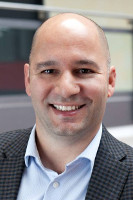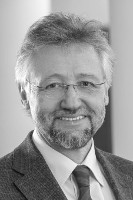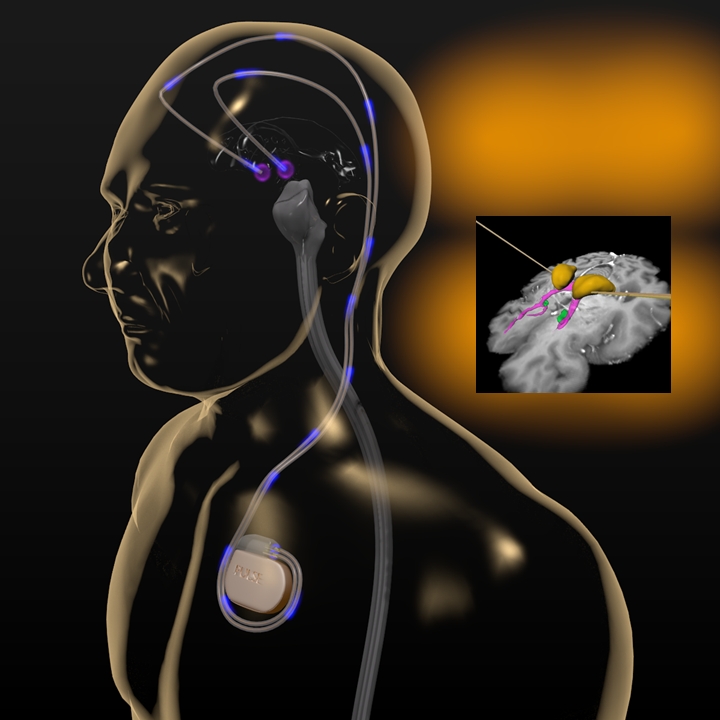Project A02
Cortico-basal ganglia mechanisms for overcoming prepotent behaviour

Dr. Tino Zähle

Prof. Dr. Emrah Düzel

Prof. Dr. Hans-Jochen Heinze
Patients suffering from obsessive-compulsive-disorder (OCD) and addiction show a malfunctional dominance of habitual over goal-directed behaviour. Clinical data regarding therapeutic success and side-effects of DBS of the Nucleus subthalamicus (STN) and Nucleus accumbens (Nacc) are ambiguous, and clinical outcomes are difficult to predict. This is because the underlying physiological mechanisms and behavioural consequences of DBS at these target regions are poorly understood, in particular pertaining to the balance between habitual and goal-directed behaviour.
In the present project we will systematically explore how the STN and Nacc contribute to habitual and goal-directed behaviour by recording LFPs selectively from the STN in PD patients as well as from the Nacc in two groups of patients whose impulse-control network is either deficient (OCD patients, addiction) or intact (epilepsy patients).

A pacemaker for the brain: The stimulator transmits via a cable, passing underneath the skin, regular signals to the nerve cells in order to regulate their activity.